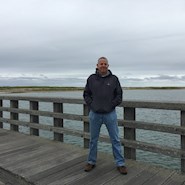Brian Brenner, P.E., F.ASCE, is a professor of the practice at Tufts University and a principal engineer with Tighe & Bond, in Westwood, Massachusetts. His collections of essays, Don’t Throw This Away!, Bridginess, and Too Much Information, were published by ASCE Press and are available in the ASCE Library.
In his new Civil Engineering Source series, More Water Under the Bridge, Brenner shares some thoughts each month about life as a civil engineer, considering bridge engineering from a unique, often comical point of view.
Back in the day, villages in North America had defined boundaries and cities were relatively compact. There were not as many roads. Each town could name its own main street “Main Street,” and these streets wouldn’t compete with each other since towns were separated by the countryside. Each Main Street could be its own road.
With sprawling development, urban areas have bled together. Former farmlands and woods have been replaced by cul-de-sacs, office parks, shopping malls, and winding subdivision roads. All the newly built roads had to be named.
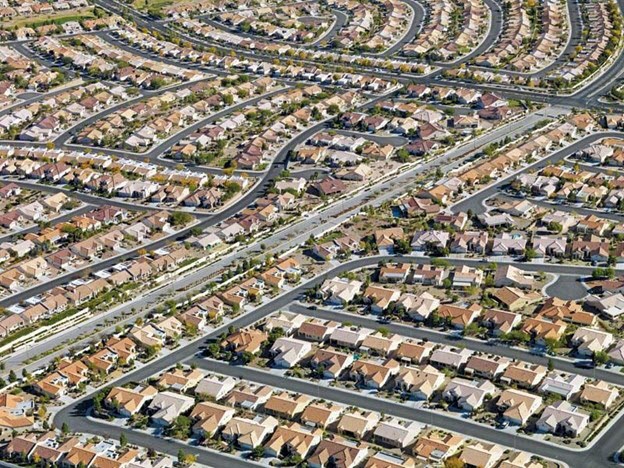
In the land of urban sprawl, there has been no good naming convention for the proliferation of new streets, no neatly ordered overall grids for first street, second street, and the like. Many subdivision streets have been named after the children of the developer (Disclosure: there was a street in the suburbs near where I grew up which is named after my sister and me. My brother didn’t make the cut because he had not been born yet). Currently, I live on Cheryl Drive. I am not sure who “Cheryl” is.
So, in this curious naming mélange of sprawling places that don’t have much of a presence of place, let’s visit the town of Porters Lake, Nova Scotia. In this village north of Halifax, it seems that in one section of town, they ran out of ideas for new street names and gave up. The streets there are named “This Street,” “That Street,” and “The Other Street.”
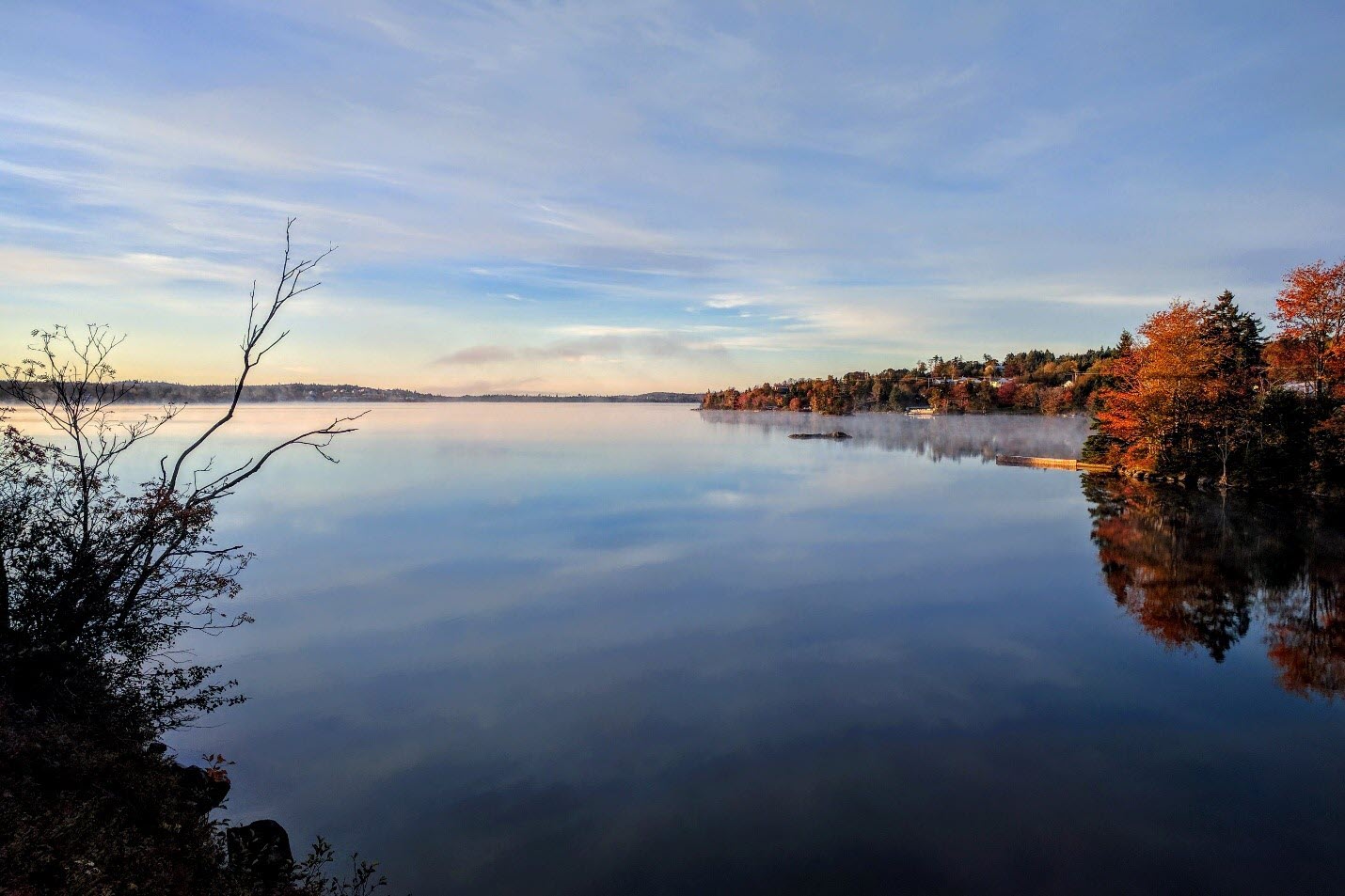
I imagine that one day I will drive to Porters Lake to visit a friend or to see a bridge. Unfortunately, my GPS is down and I am lost, so I stop at a service station to ask for directions. An attendant greets me:
“Welcome to Porters Lake, eh?” says the cheerful attendant. For some reason, he can tell that I am not from Porters Lake.
“Thank you,” I respond. “I am here to meet a colleague or to see a bridge. But unfortunately, I think that I am a bit lost.”
“I see,” says the attendant. “Let me see if I can be of assistance, eh? What is your colleague’s address?”
I respond: “He lives on This Street.”
“I see,” says the attendant. “It looks like you have arrived then.”
“No,” I say, perplexed. “I need to find This Street.”
“You have found this street, eh?” says the attendant. “Have an excellent day!”
“No, wait,” I say with some anxiety. “Do you know where That Street is? I think he lives near the junction of This Street and That Street.”
“This street, that street, they are all kind of the same, don’t you think?”
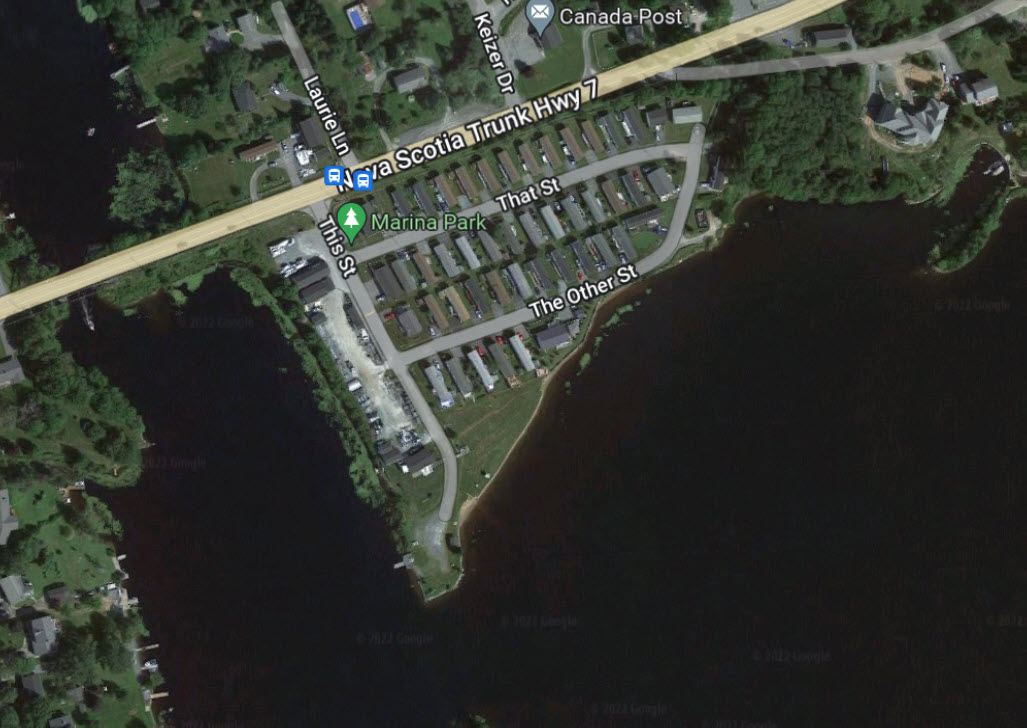
Some places have addressed the street-naming challenge by establishing a grid, even if the place is empty space. In the prairie lands of rural South Dakota, an NYC-sounding array of streets has been established. At Ree Heights, South Dakota, you can visit the junction of 213th Street and 349th Avenue. This seemingly Manhattanesque place is mostly open prairie with nary an art-deco skyscraper in sight. Many of these numbered streets are unpaved and provide service to farm vehicles.
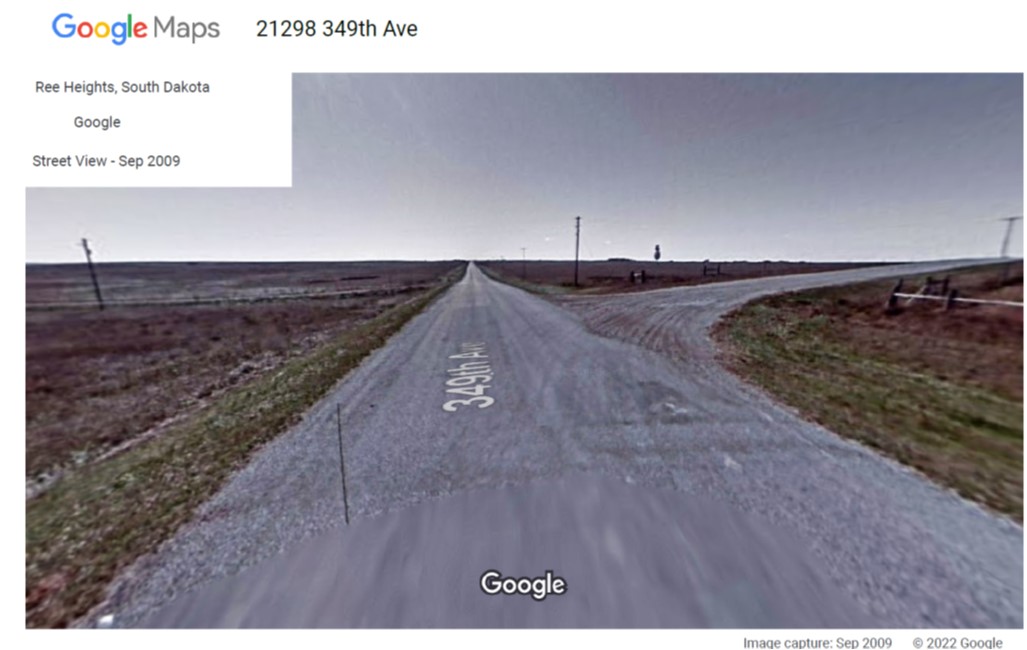
The post–World War II glut of street construction has resulted in a more serious problem than lack of street names. Pavement requires maintenance, and with time, resources may not be available to maintain the roads. Charles Marohn, a civil engineer from Minnesota, has written about this dilemma. He describes the sprawling North American development pattern as a type of resource Ponzi Scheme. The initial construction of roads and other infrastructure elements leads to an economic burst of energy. But the overall long-term costs and impacts are not felt until later when inevitable wear and tear takes its toll. In some locales, these long-term costs are not budgeted. It can be politically expedient to defer or avoid maintenance and repair, and new construction is always more attractive than the long slog to maintain what is already there. But the political approach of kicking the can down the maintenance road leads to deteriorated and failed infrastructure.
The idea that there may be too much infrastructure is challenging for infrastructure engineers. Our jobs usually focus on designing more infrastructure or rehabilitating what is already built. Project alternative analyses typically include various build options and sometimes a “no-build” option for comparison. But rarely is an “un-build” option included in the report. This may be changing. Some large projects around the U.S. are addressing this challenge directly, with plans to remove old expressways and replace them with more urban-friendly streetscapes. In New Haven, Connecticut, the Route 34 expressway stub is being replaced with urban boulevards . A similar project is underway in Fall River, Massachusetts, where parts of the old Route 79 expressway are being removed.
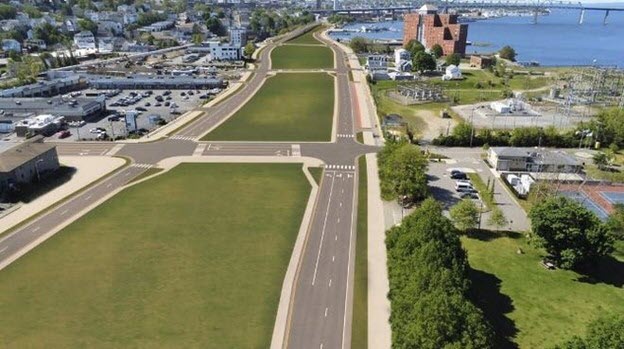
If resources are not available to maintain overbuilt infrastructure, there are generally two choices. The facilities can be removed and/or redesigned in an organized way, or they can be left to decay by default. The issue has been further complicated by the pandemic. Downtown office buildings have emptied as employees increasingly work remotely. Now large swaths of formerly used infrastructure are underused. Vacant office buildings no longer required for offices need a new purpose, or they may not be maintained and will deteriorate.
A slight silver lining in this confusing cloud: less infrastructure requires fewer streets to be named. At that point, towns such as Porters Lake may then be able to give their remaining roads actual names.
Read previous entries in the More Water Under the Bridge series.



